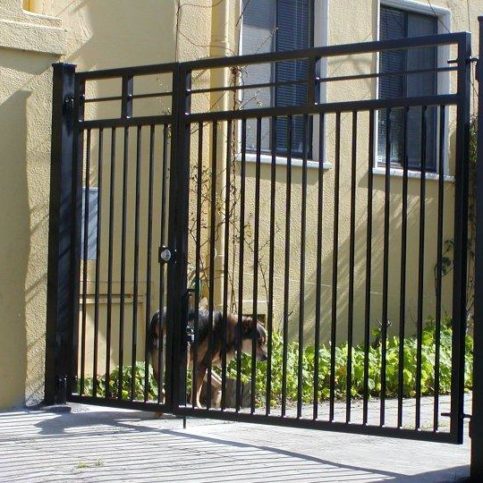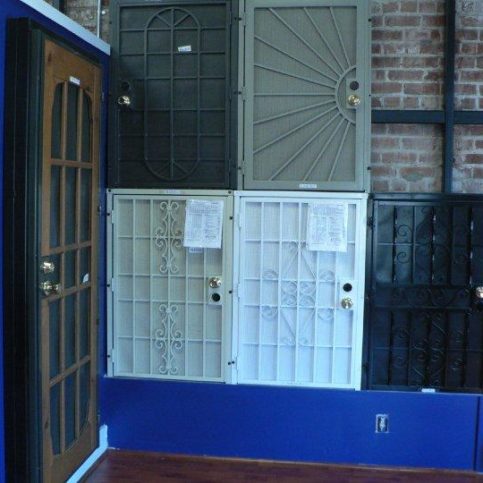Complete Video Transcription
OAKLAND — Host, Sarah Rutan: As your home’s first line of security, you’ll want to make sure your exterior doors are properly reinforced against break-ins. Today we’re in Oakland with Diamond Certified Expert Contributor Randy Reed of Reed Brothers Security to learn more.
Diamond Certified Expert Contributor, Randy Reed: Okay, what I’m going to talk about is how to harden your door against break-ins. And, the primary form of break-in is a kick-in where someone goes to the outside of your door and kicks the door in.
The reason they’re able to do that – well first of all, here’s my display. I have a door, a door jam, and the stud wall surrounding it. On a normal door where you have a deadbolt, you’d have a strike plate this size. It’s only two inches long, and it’s held in by half inch screws. So, if they kick the door in, all they have to do is kick in a little bit of door jam. If you’ll notice it’s only half an inch thick. That will then fly across the room, the door flies open, they shut the door, no visible means of entry from the outside. What you need to do is put an eighteen inch door strike plate on here using three and a half inch number nine deck screws that go through the strike plate, the door jam, the shim space, and the double studs in the wall. Now they’re forced to kick in eighteen inches of double studs. That’s not going to happen.
The next thing is – once you have a good deadbolt installed – is to make sure that the edge of the door is reinforced. Where you have a one inch bore through the edge of the door, you have to reinforce the wood where it’s only three eighths of an inch think. You have two plates – it’s called a door edge stiffener. It’s held on to the door with two binder bolts and sandwiches the door.
Lastly, you need to protect the hinge side of the door. You need to make sure you have a couple of things. That you have a four screw hole pattern on your hinges, and that you have three hinges on the door. If you only have a three screw hold pattern, replace your hinges. We recommend a minimum of a four by four – four inch by four inch hinge. You want to replace the screws in the center of the door – which are three quarter inch screws – with three and a half inch number nine deck screws that are hardened so that you securely attach the hinges three and a half inches into the door. And, on the door jam, do the same thing with the two screw holes closest to the door stop. You want to make sure that those three quarter inch screws are all replaced with three and a half inch number nine screws. That way they go through the door jam, the air gap, and into the double studs, and now you have securely attached your door and jam to the wall so it cannot be easily kicked in.
Okay, the final issues you should be concerned about when you’re making sure your door is resistance to kicks is you want to make sure you have solid wood door that’s one and three quarter inches thick, not one and three eighths. If you have a one and three eighth inch door, upgrade it to a one and three quarter, and it needs to be solid.
Next, you want to make sure that the quality of your lock is decent. These all look the same, but they’re completely different. This is a grade one, a grade two, and a grade three. A grade three lock is only for use on interior doors. It’s made out of pot metal, it’s hollow, and you can break it off the door with a hammer. Hit it at 12:00 and it falls off the door. A grade two and a grade one are actually tested by BHMA – which is Building Hardware Manufacturers Association – and rated for two kicks at sixty pounds, two kicks at ninety pounds, two kicks at a hundred and twenty pounds, and then for grade one they add two more blows at a hundred and fifty. A grade three is only rated for sixty and ninety.
Host, Sarah Rutan: To learn more from local top-rated companies, visit our Diamond Certified Expert Reports at experts.diamondcertified.info.
Read moreRead less


























